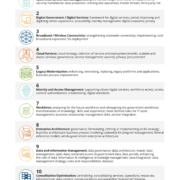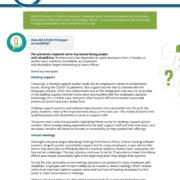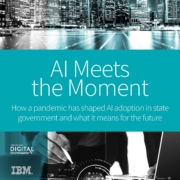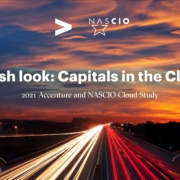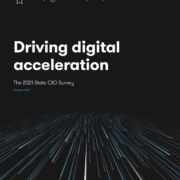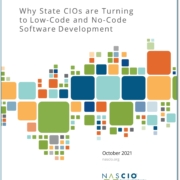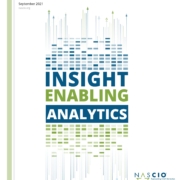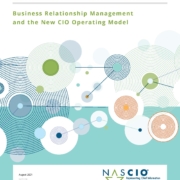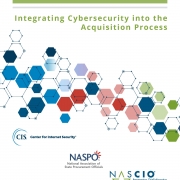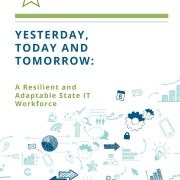This report is the culmination of some fairly extensive research, interviews, and collaboration with key states. This was created as part of a NASCIO President’s Initiative and helps pave the way forward for further development of this key capability – business relationship management.
This report presents what we’ve learned from the many interviews conducted on this topic and presents the concepts and essentials for effective business relationship management or BRM. BRM is in effect an ecosystem of relationships that can be described as a disciplined approach to proactively managing effective working relationships with internal staff, departments, agencies, suppliers and partners. The focus is on evolving relationships that travel together, learn together, share risks and rewards.
Download
Related Resource
Business Relationship Management and the New CIO Operating Model: A State CIO Panel

